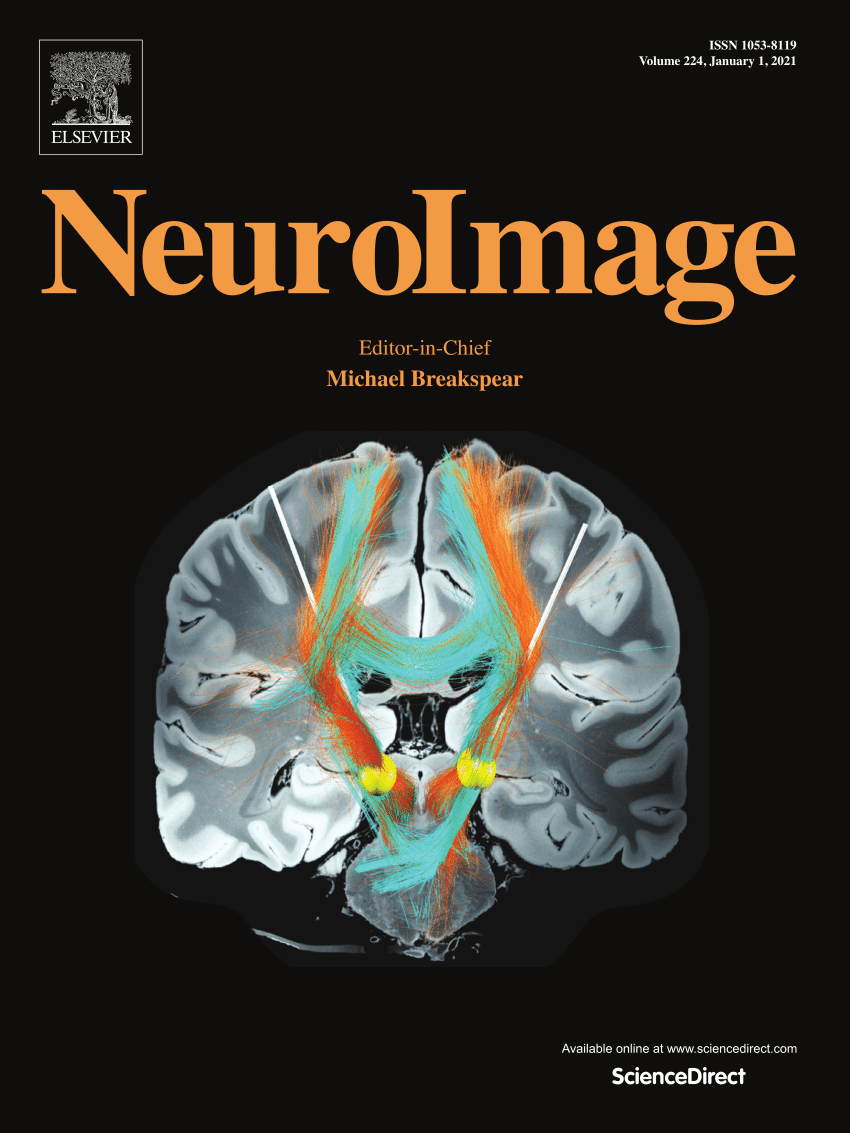青壮年腰痛患者的灰质形态与疼痛相关残疾
IF 4.7
2区 医学
Q1 NEUROIMAGING
引用次数: 0
摘要
脑结构神经可塑性可能导致腰痛(LBP)症状的持续和与之相关的残疾。目前尚不清楚结构适应是否在患有LBP的年轻成年人的生命早期就很明显。这项研究比较了患有和不患有持续性腰痛的年轻人皮层感觉运动区域的灰质,并确定了灰质和疼痛相关残疾的临床预测因子。82名有或没有腰痛史的人参与了研究。使用基于体素的形态测量法量化感兴趣皮层感觉运动区域的峰值和平均灰质密度。疼痛相关残疾、疼痛强度、疼痛持续时间和疼痛相关恐惧也被评估。采用多元线性回归确定疼痛相关失能的独立预测因子。我们发现,LBP患者的初级体感觉皮层、角回和中扣带皮层的灰质密度峰值明显更高。疼痛相关残疾与后扣带皮层平均灰质密度呈正相关。最可靠的残疾预测因子是后扣带平均灰质、疼痛强度和与疼痛相关的恐惧。我们证明,在年轻人中,持续性腰痛和与疼痛相关的残疾与形成称为疼痛基质的大脑网络部分区域的结构差异有关。与老年人腰痛的研究相反,我们的研究结果表明,患有腰痛的年轻人的灰质增加而不是减少,这表明灰质最初可能在对痛觉性疼痛的反应中增加。本文章由计算机程序翻译,如有差异,请以英文原文为准。
Gray matter morphology and pain-related disability in young adults with low back pain
Structural neuroplasticity in the brain may contribute to the persistence of low back pain (LBP) symptoms and the disability associated with them. It is not known if structural adaptations are evident early in the lifespan in young adults with LBP. This study compared gray matter in cortical sensorimotor regions in young adults with and without persistent LBP and identified gray matter and clinical predictors of pain-related disability. Eighty-two individuals with and without a history of LBP participated. Peak and average gray matter density in cortical sensorimotor regions of interest was quantified using voxel-based morphometry. Pain-related disability, pain intensity, pain duration, and pain-related fear were also assessed. Multiple linear regression was used to determine independent predictors of pain-related disability. We document significantly greater peak gray matter density in individuals with LBP in the primary somatosensory cortex, angular gyrus, and the midcingulate cortex. Pain-related disability positively correlated with average gray matter density in the posterior cingulate cortex. The most robust predictors of disability were average gray matter in the posterior cingulate, pain intensity, and pain-related fear. We demonstrate that in young adults, persistent LBP, and pain-related disability, are linked with structural differences in regions forming part of the brain network termed the pain matrix. In contrast with studies of LBP in older adults, our findings of increased rather than decreased gray matter in young adults with LBP suggest that gray matter may increase initially in response to nociceptive pain.
求助全文
通过发布文献求助,成功后即可免费获取论文全文。
去求助
来源期刊

NeuroImage
医学-核医学
CiteScore
11.30
自引率
10.50%
发文量
809
审稿时长
63 days
期刊介绍:
NeuroImage, a Journal of Brain Function provides a vehicle for communicating important advances in acquiring, analyzing, and modelling neuroimaging data and in applying these techniques to the study of structure-function and brain-behavior relationships. Though the emphasis is on the macroscopic level of human brain organization, meso-and microscopic neuroimaging across all species will be considered if informative for understanding the aforementioned relationships.
 求助内容:
求助内容: 应助结果提醒方式:
应助结果提醒方式:


